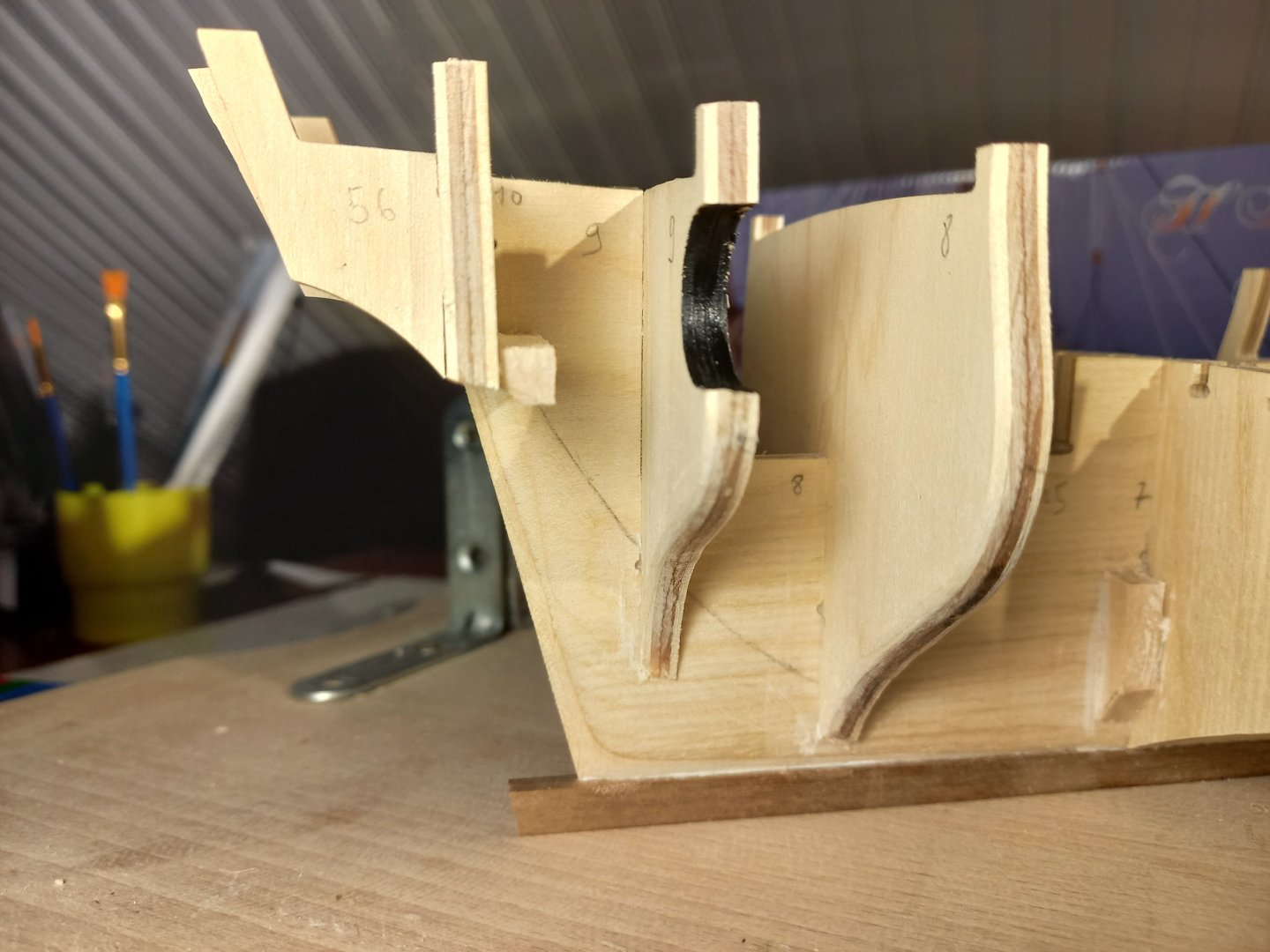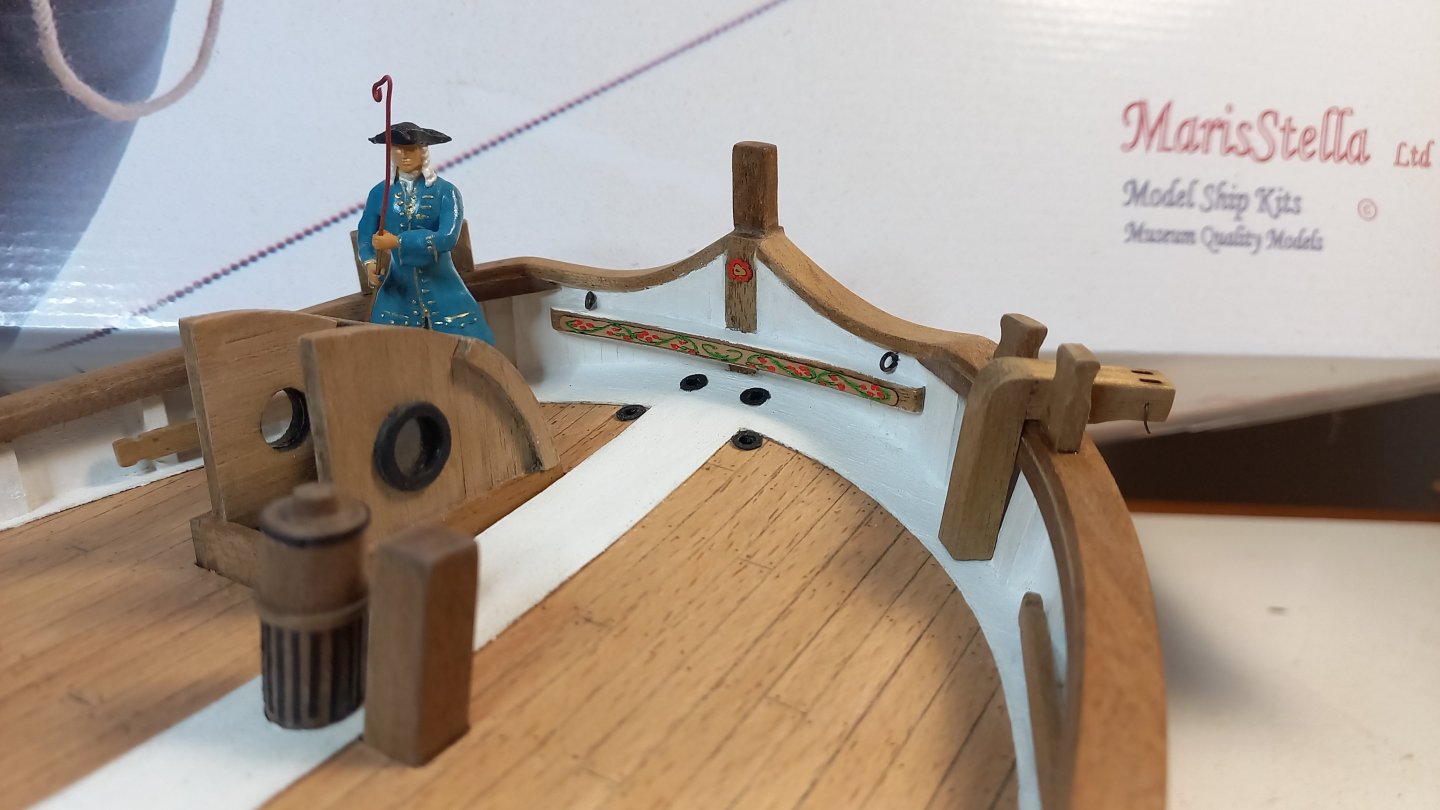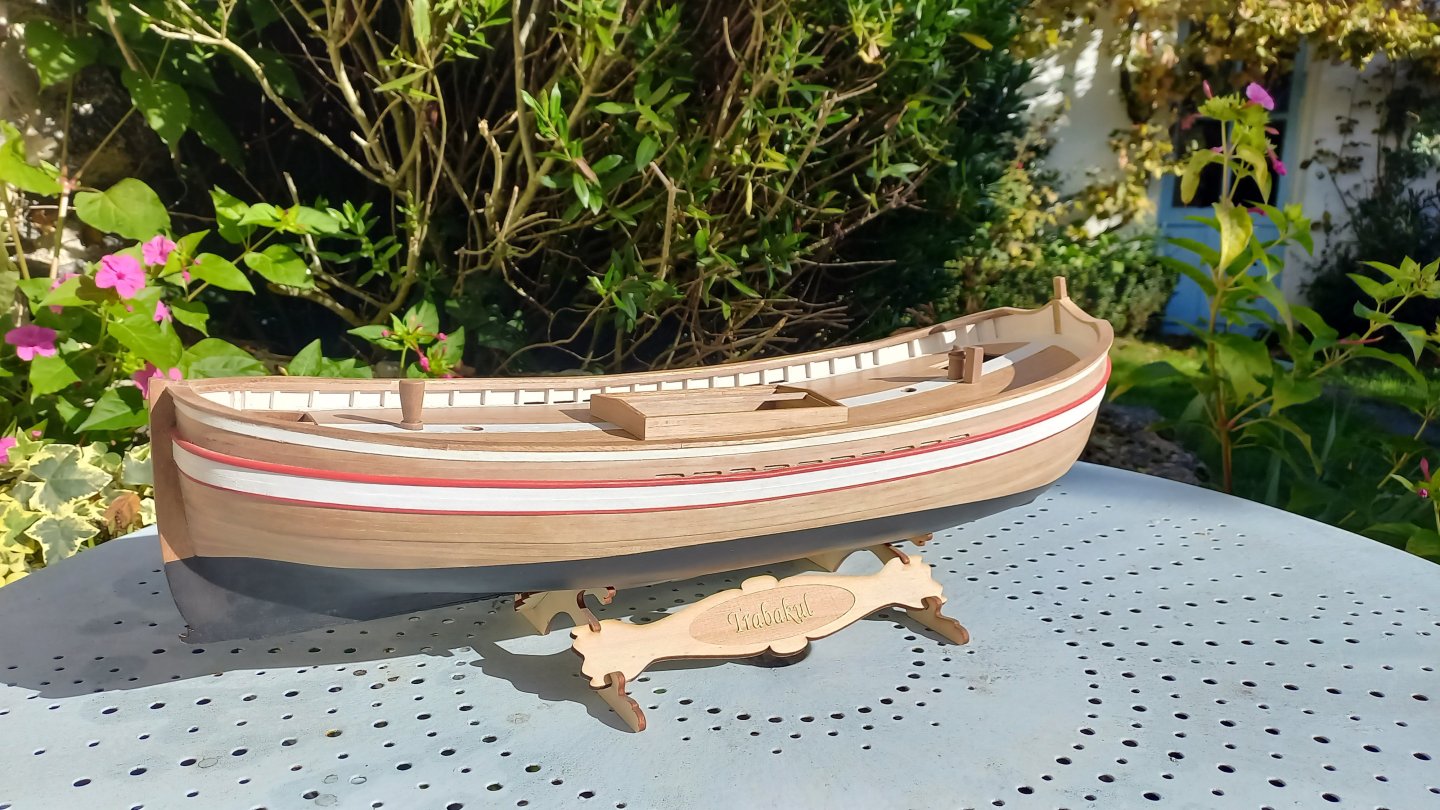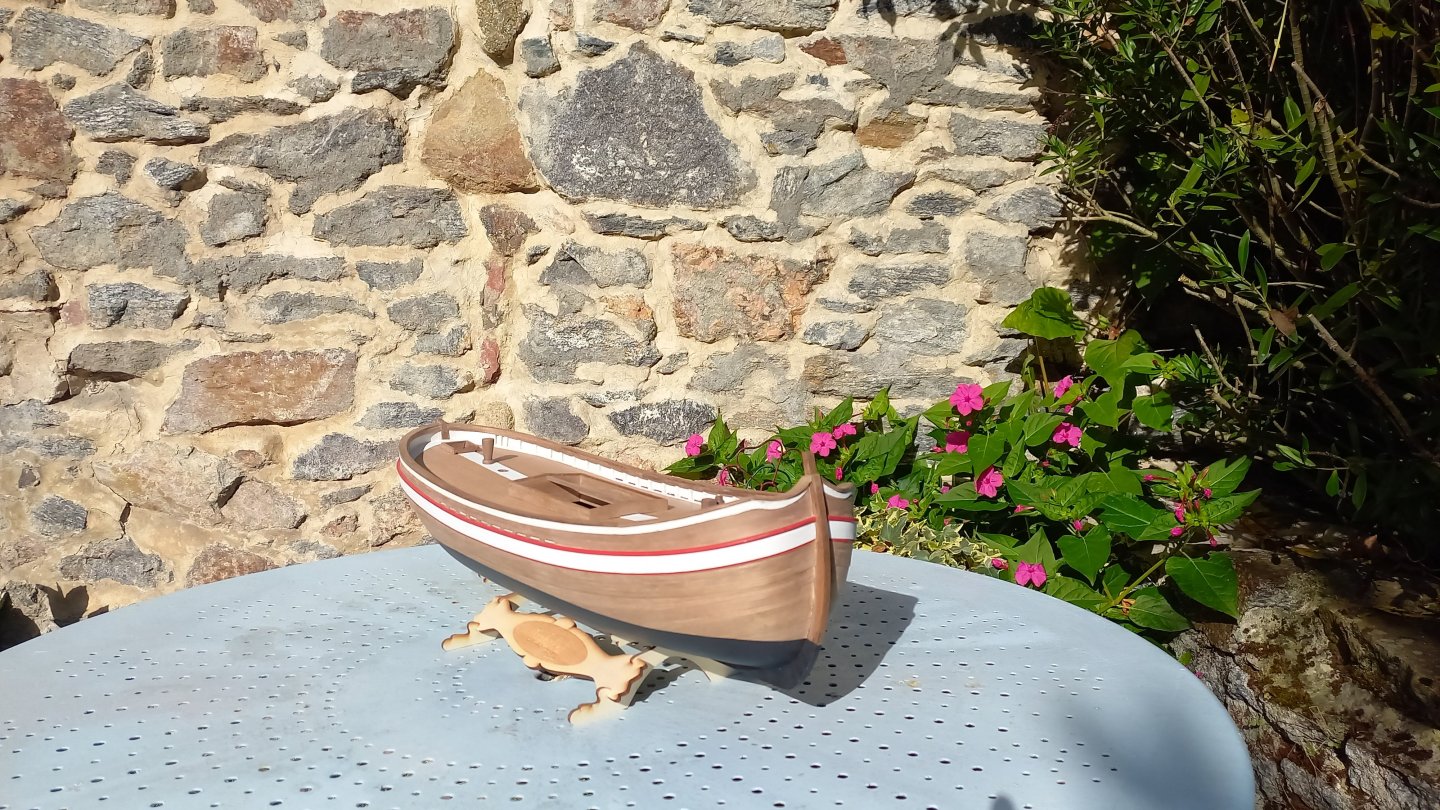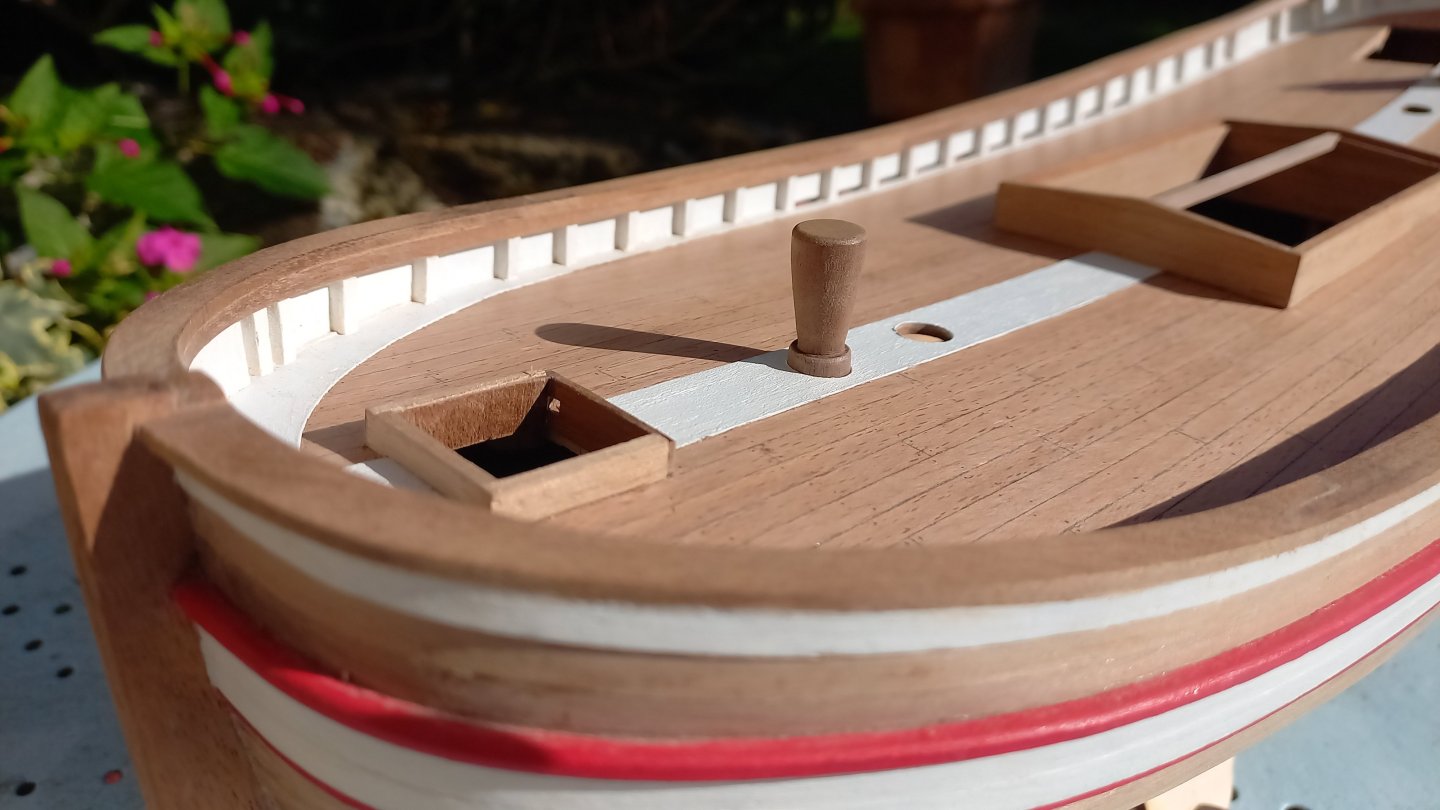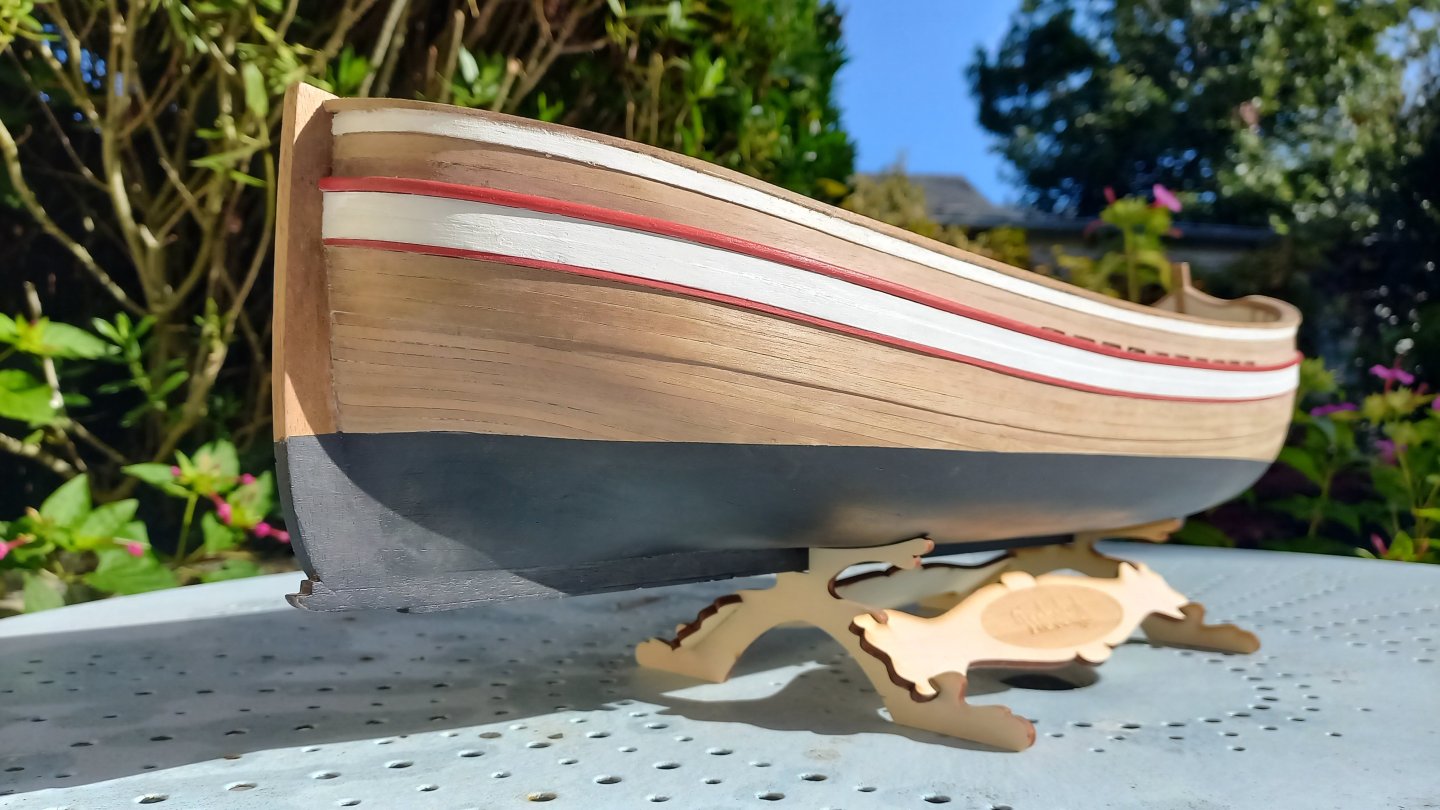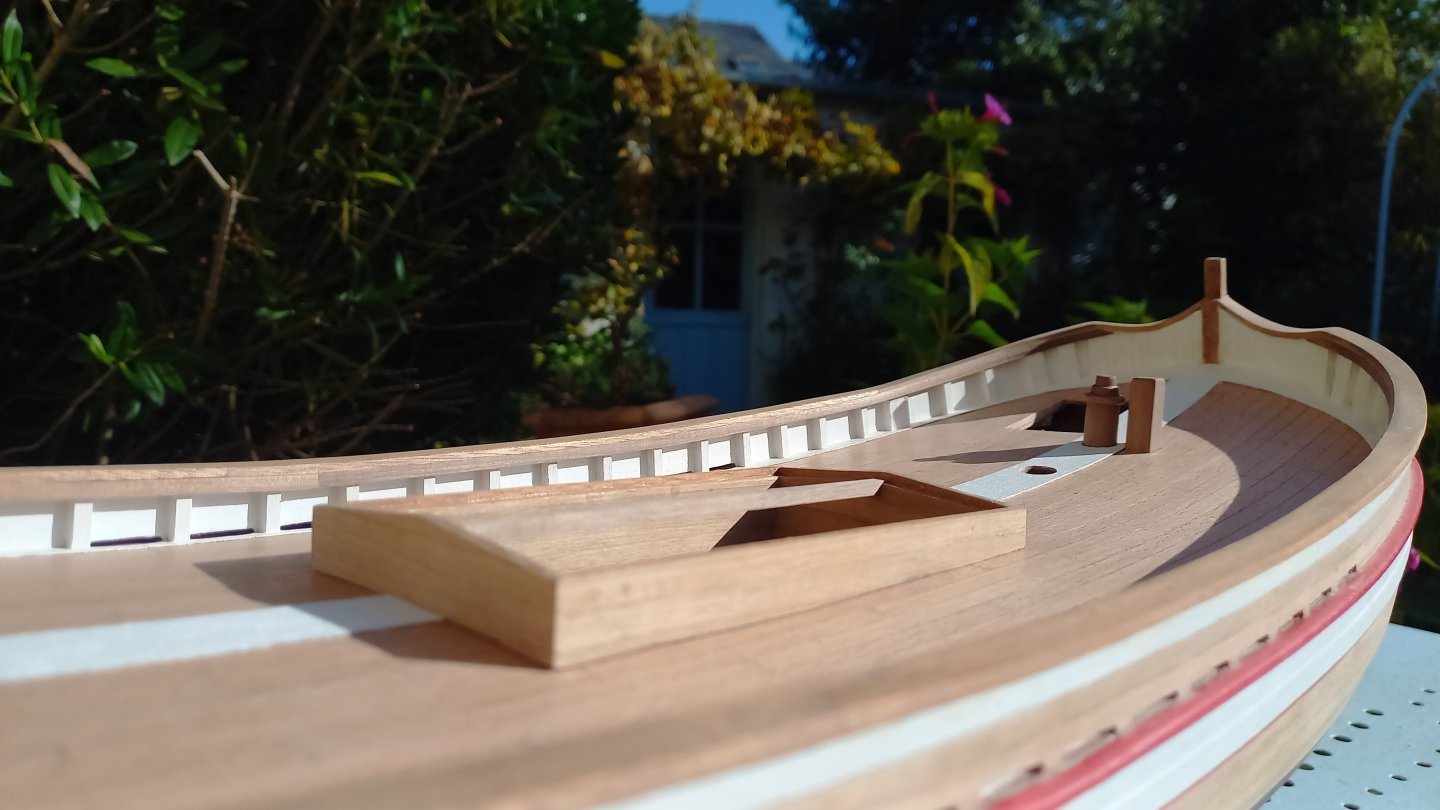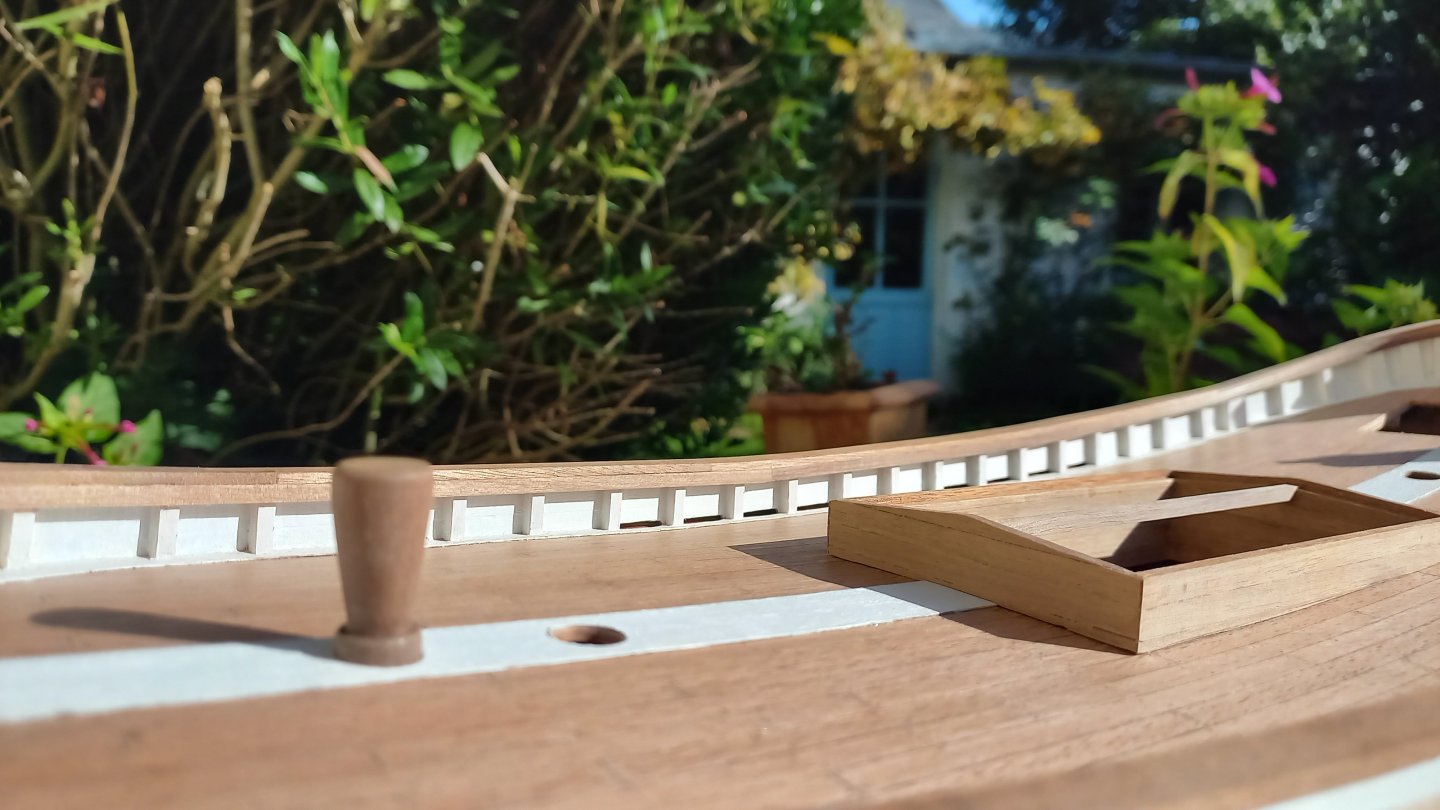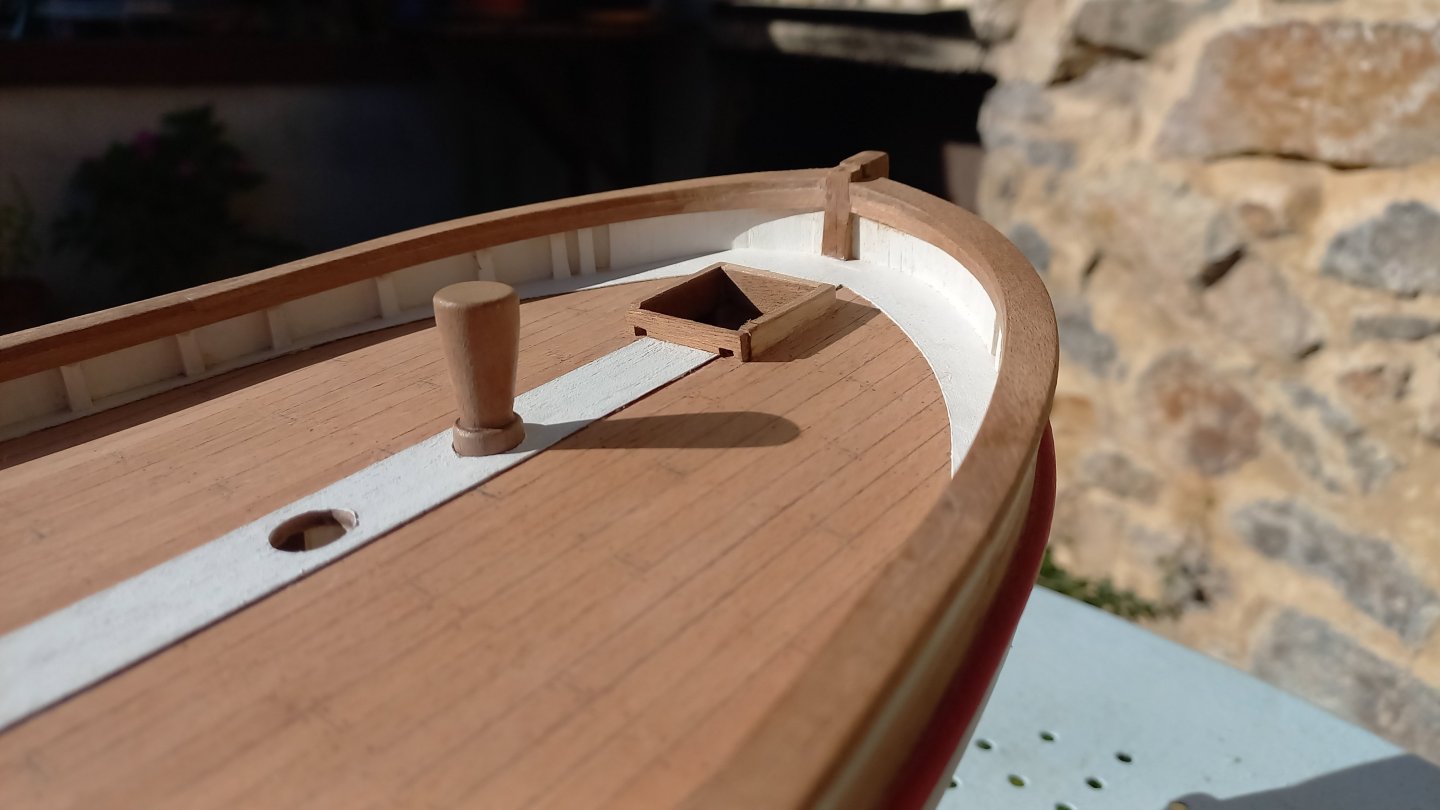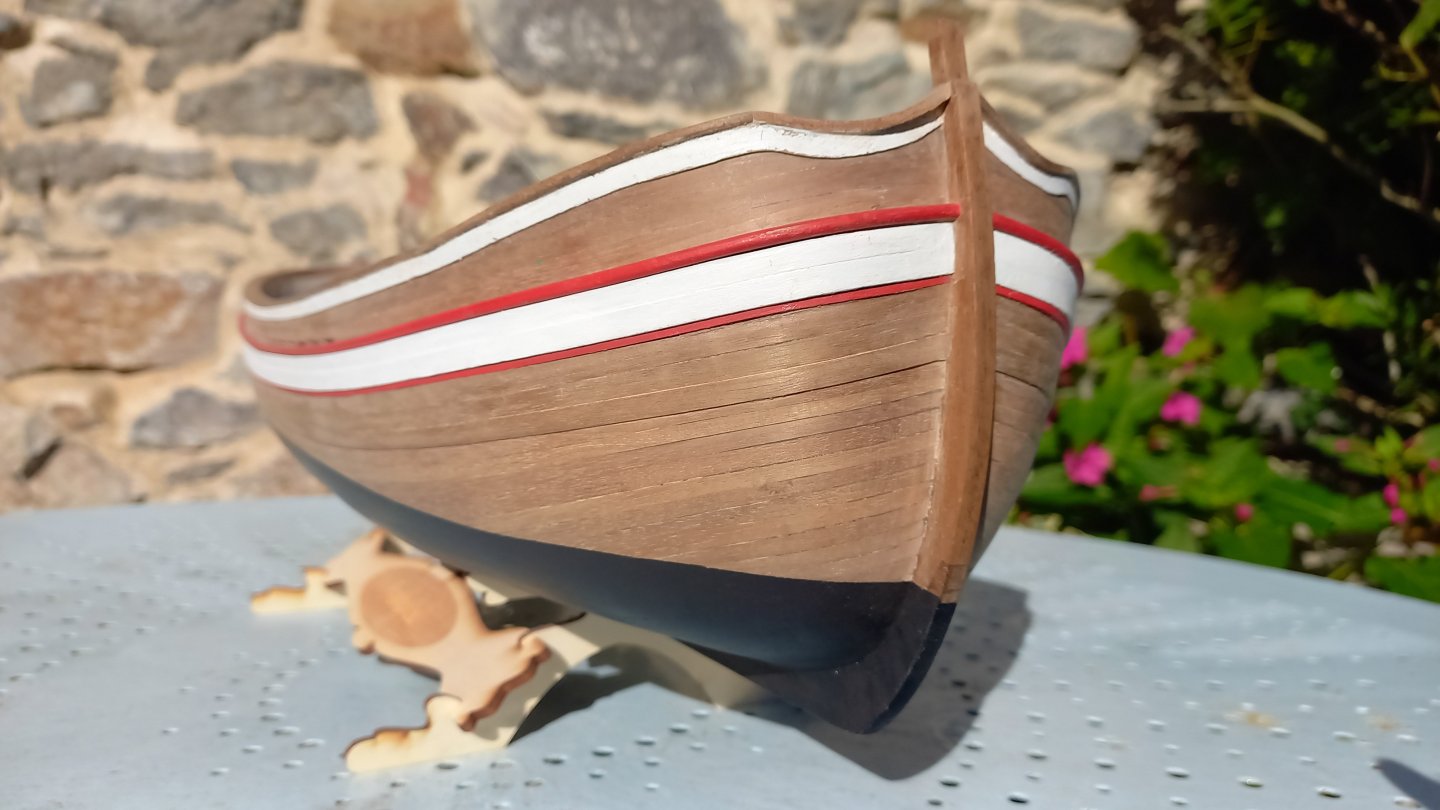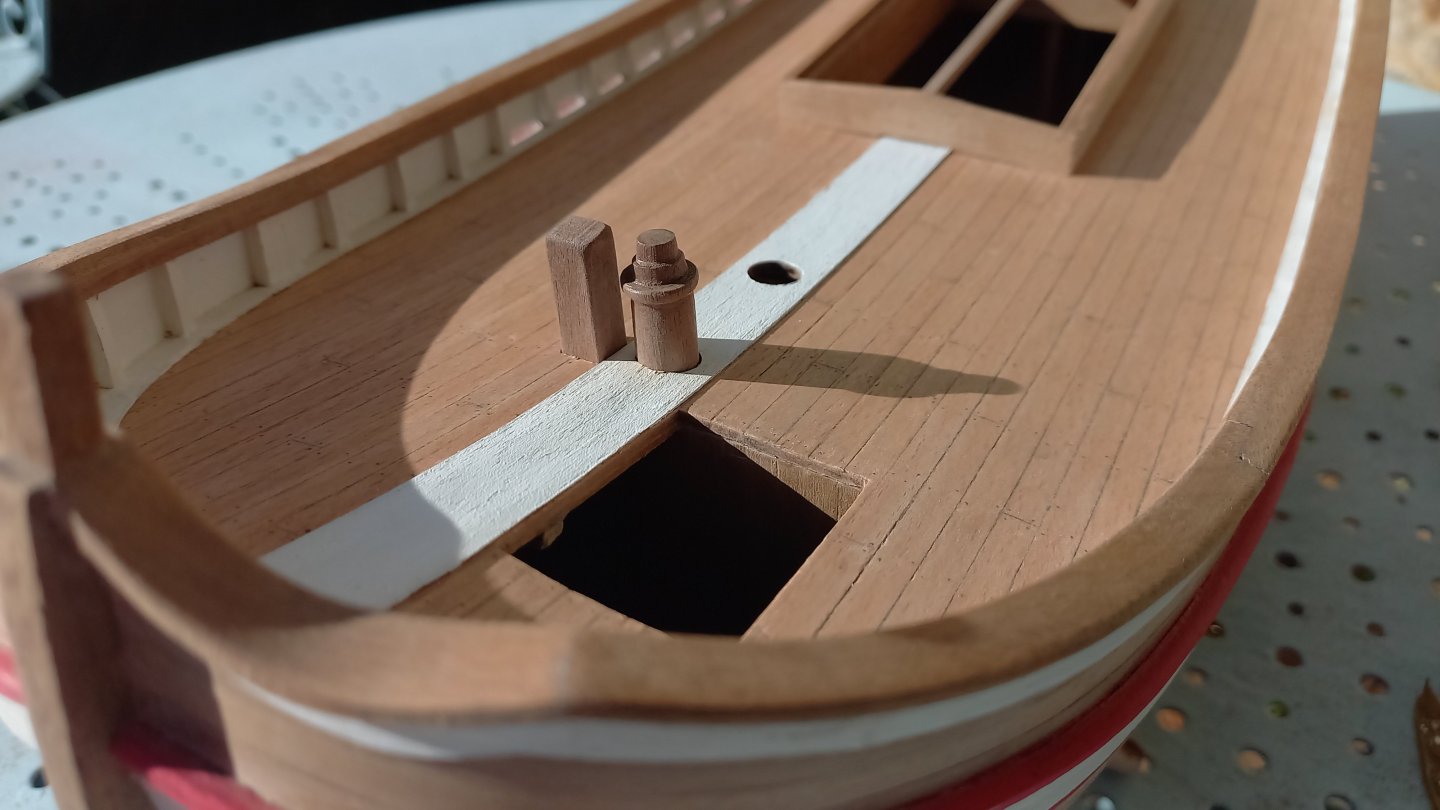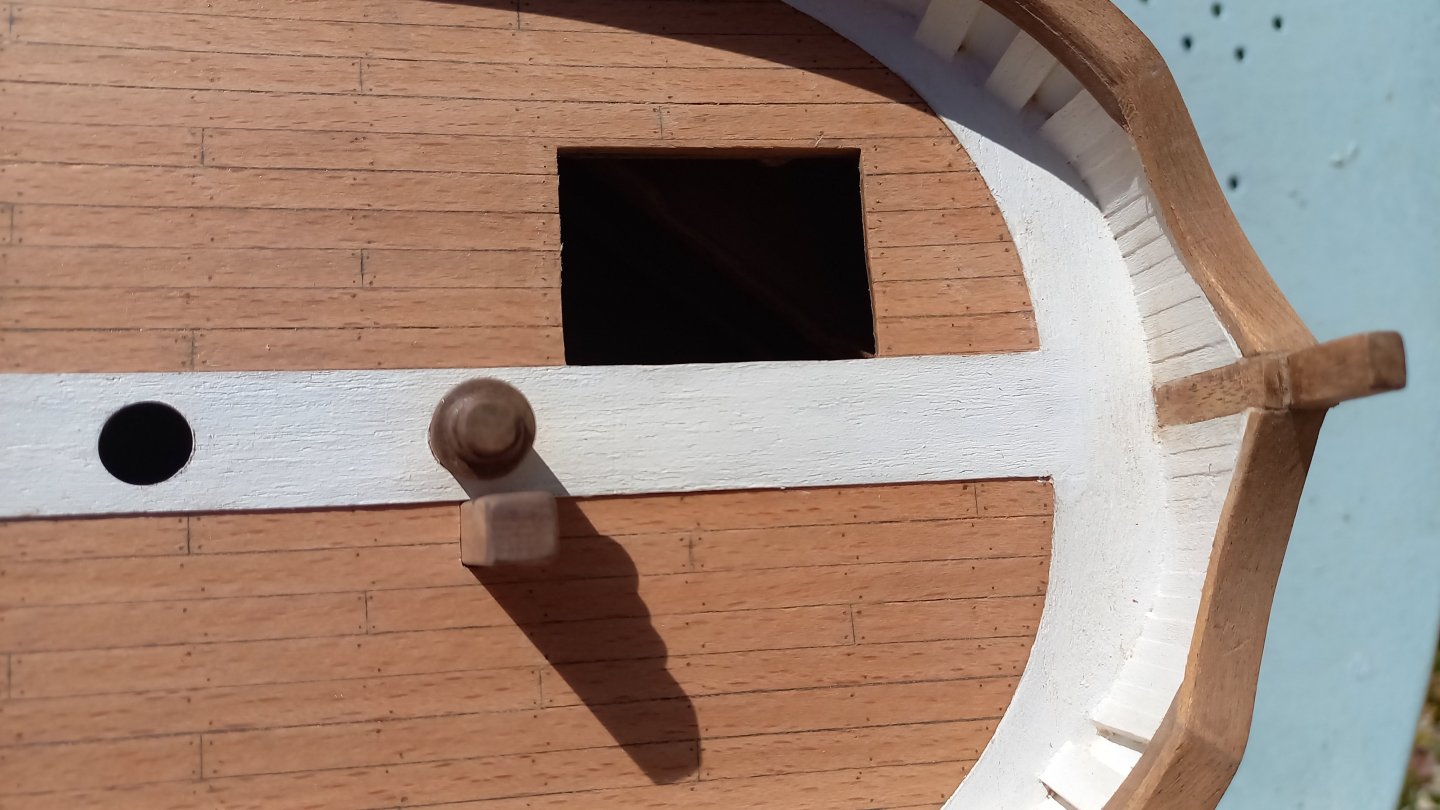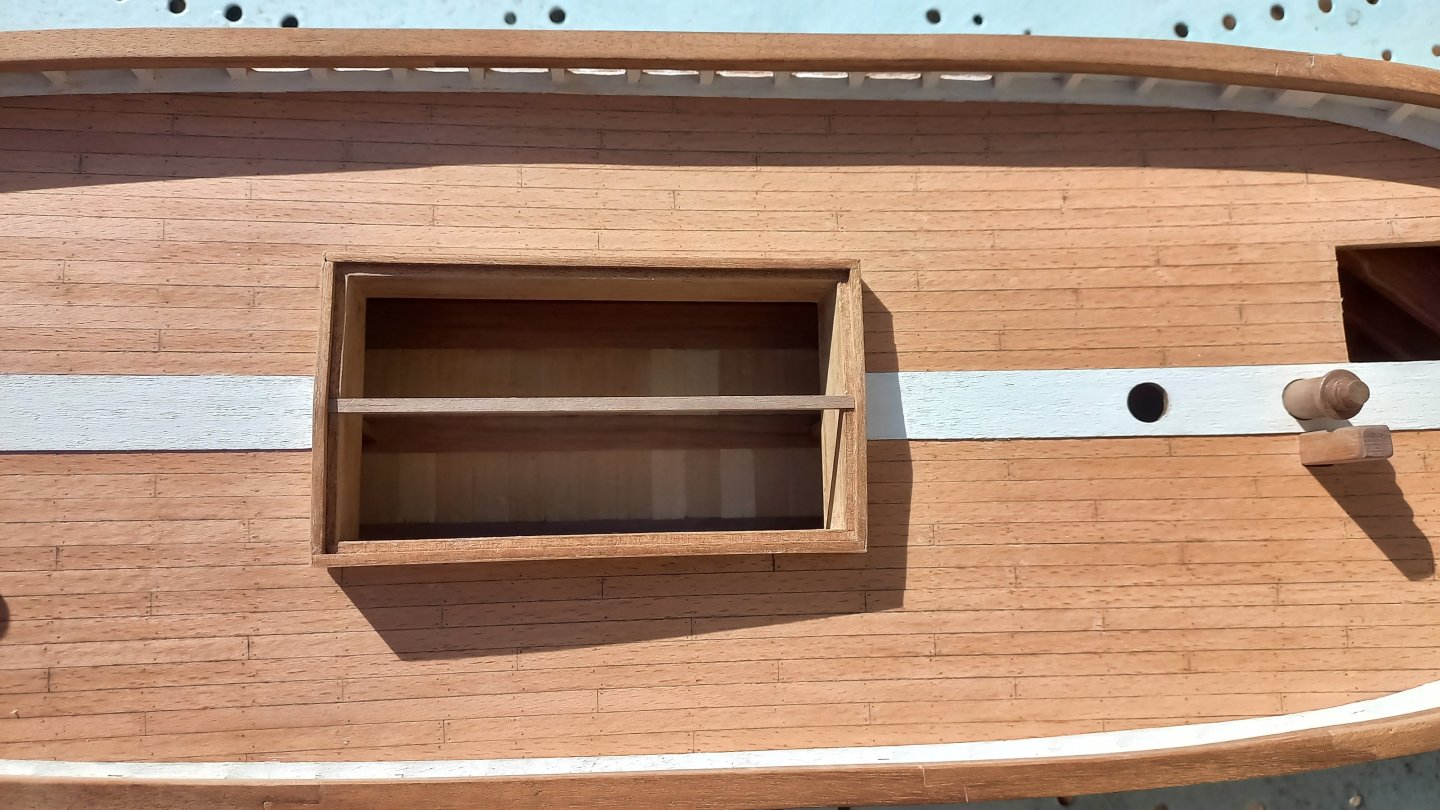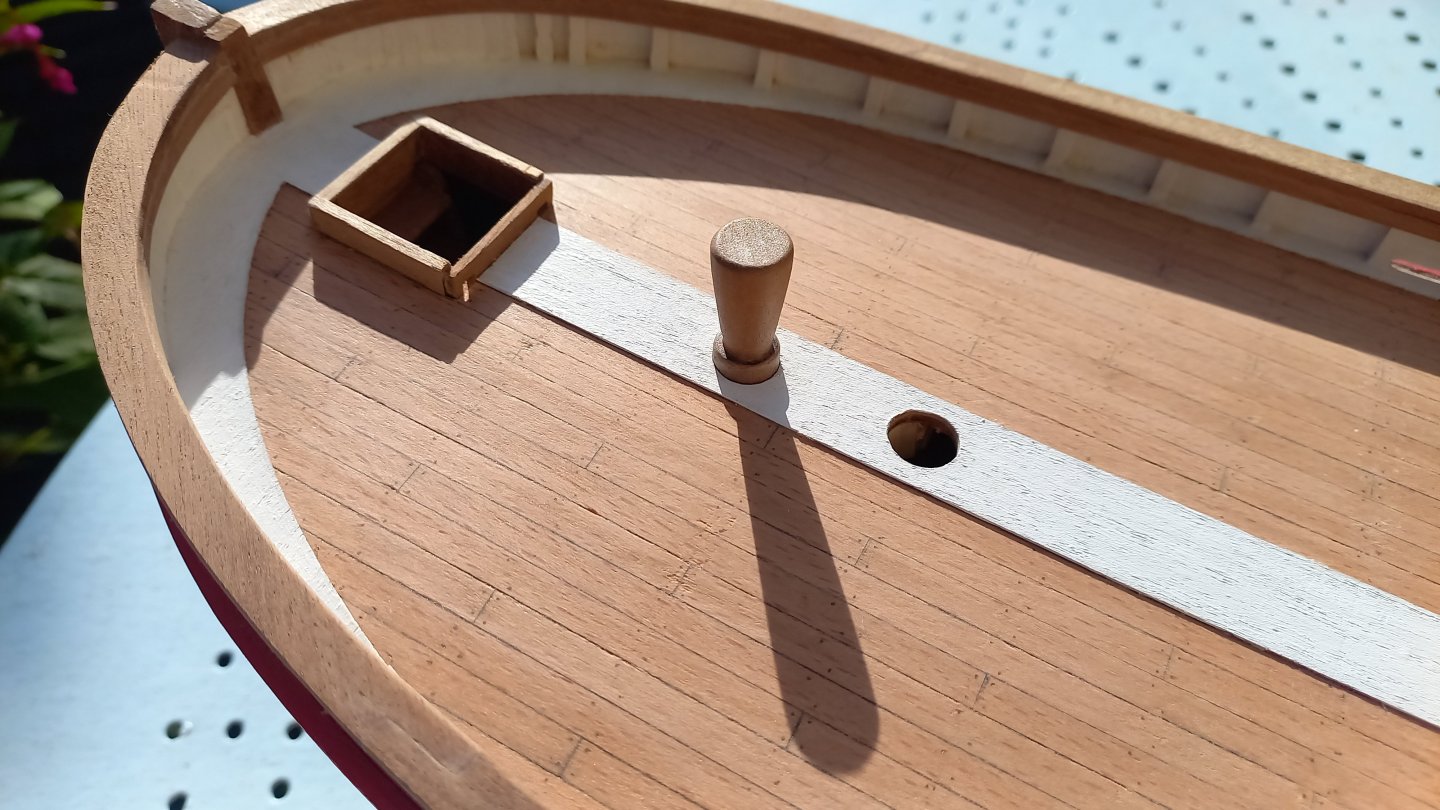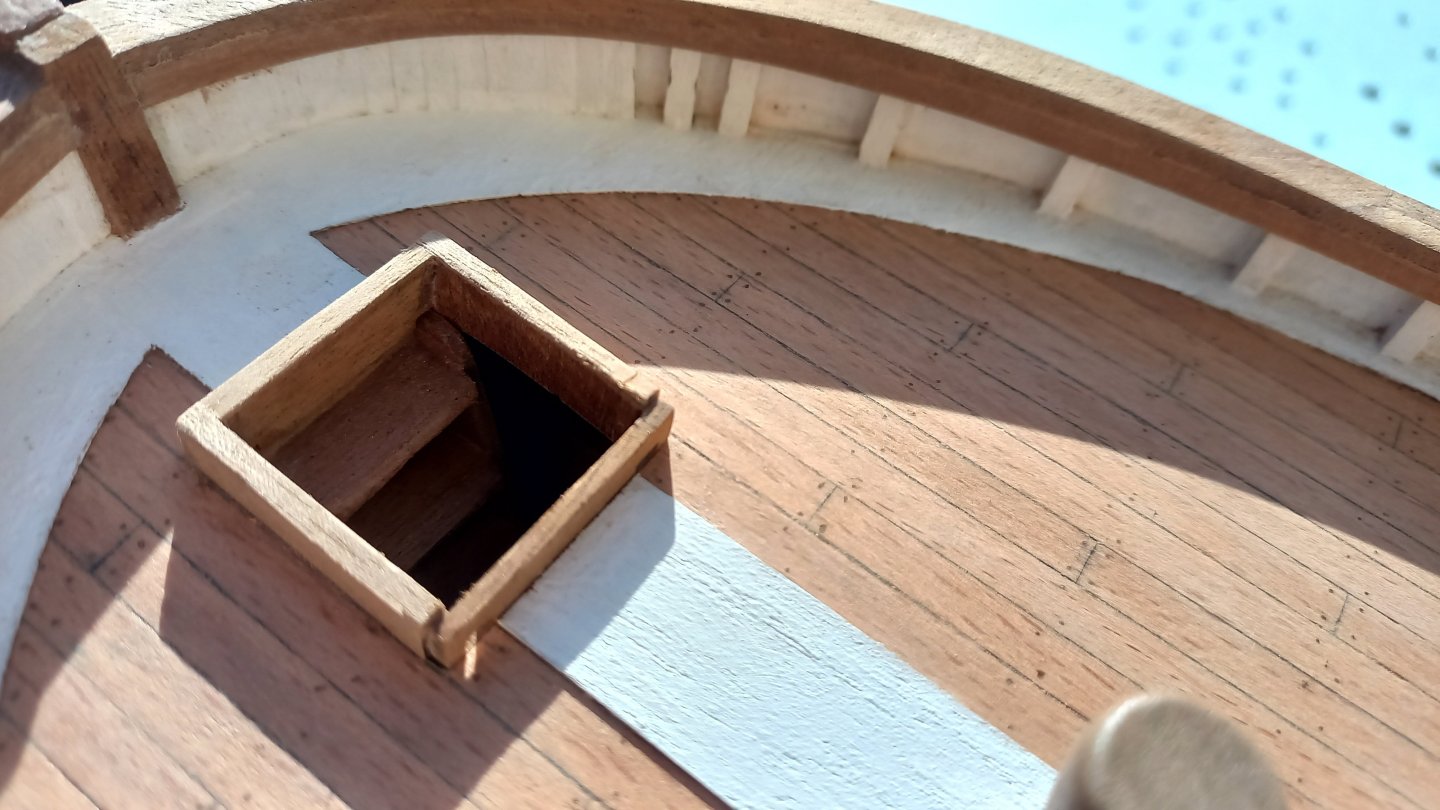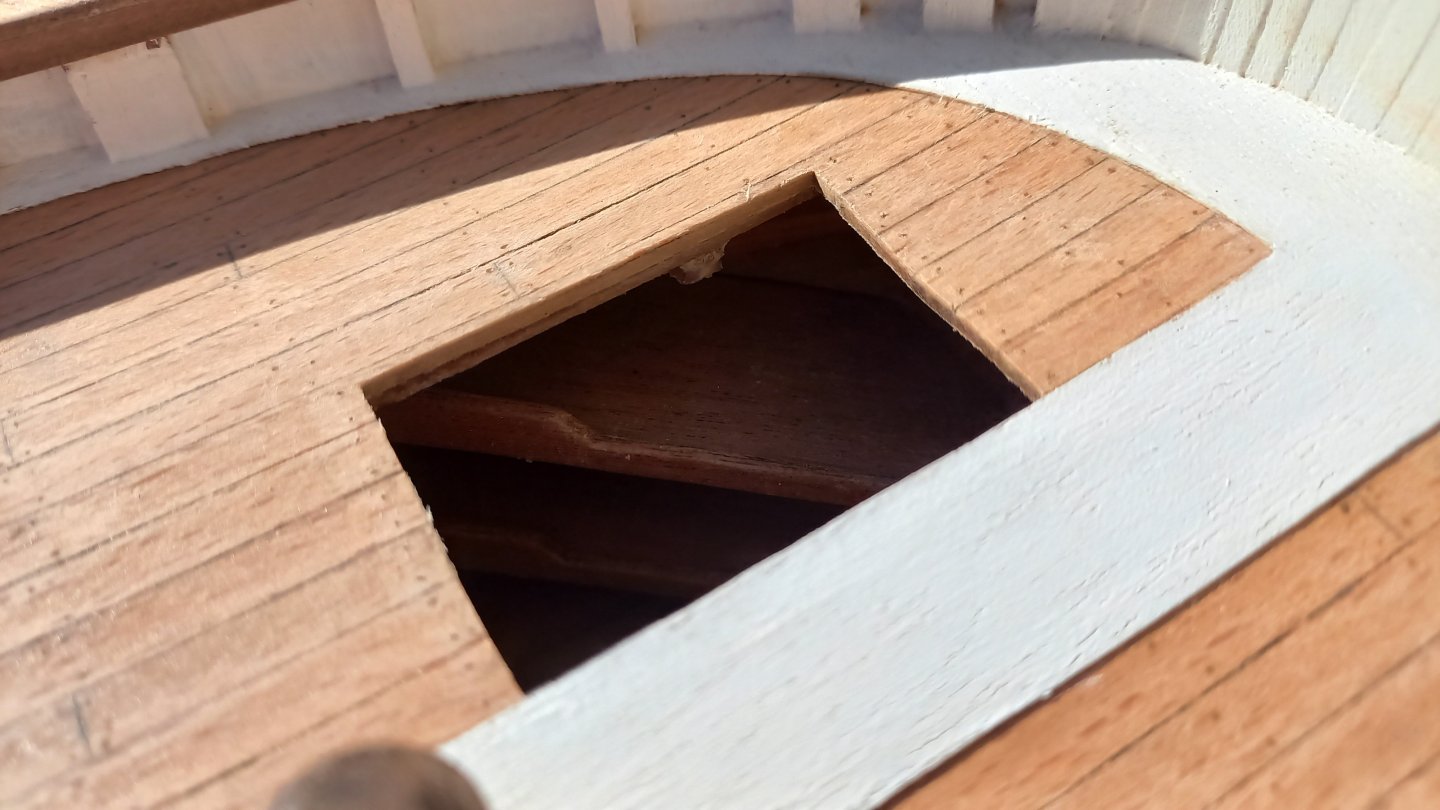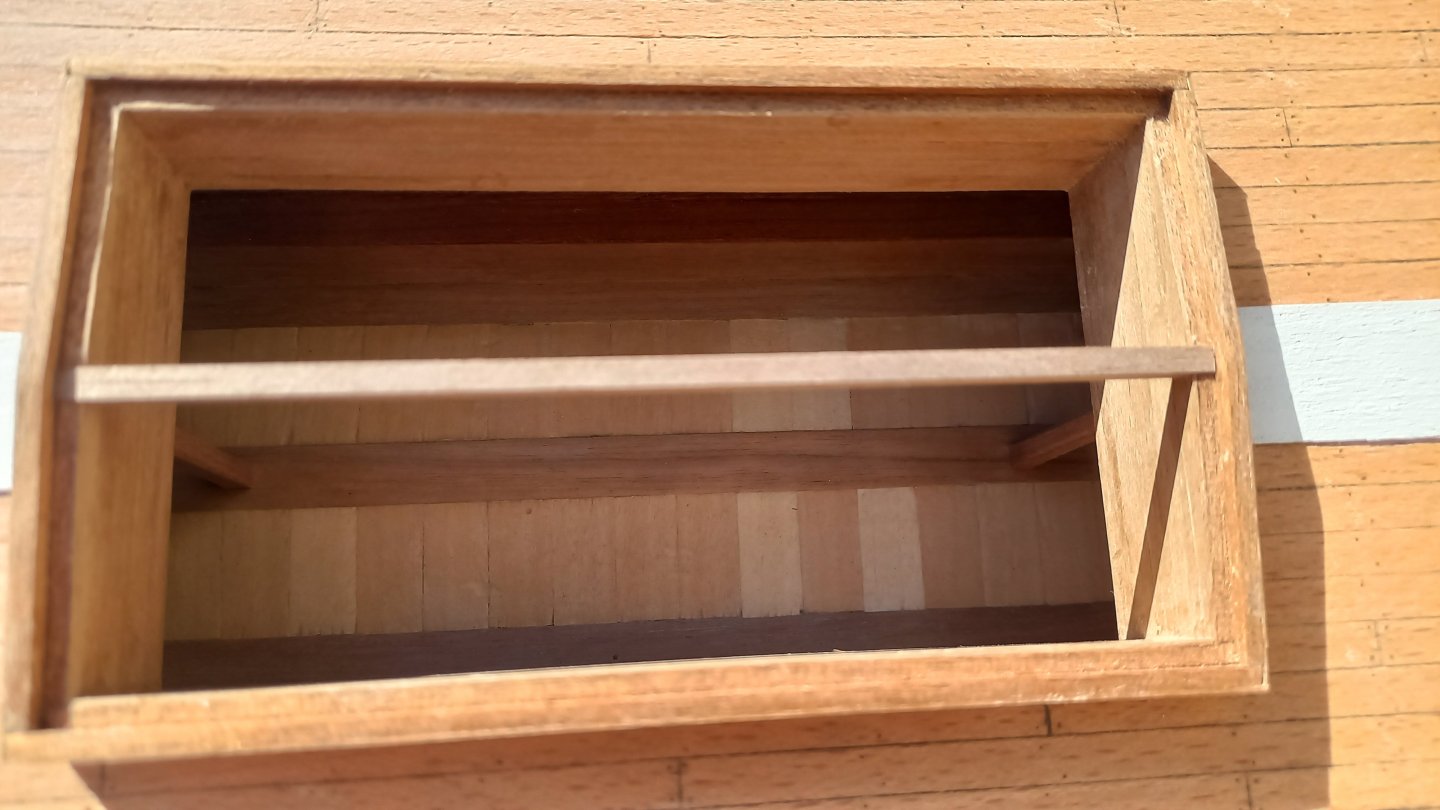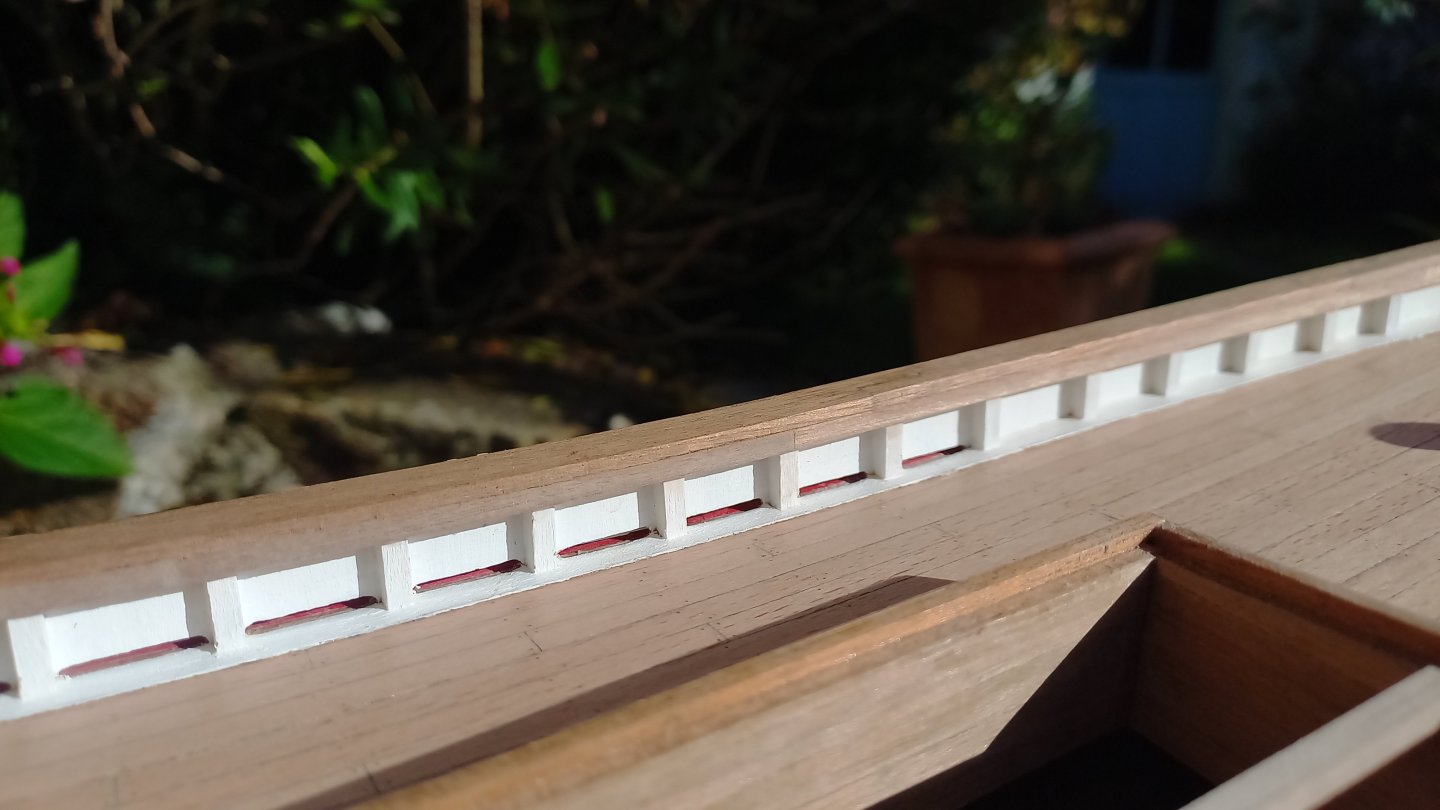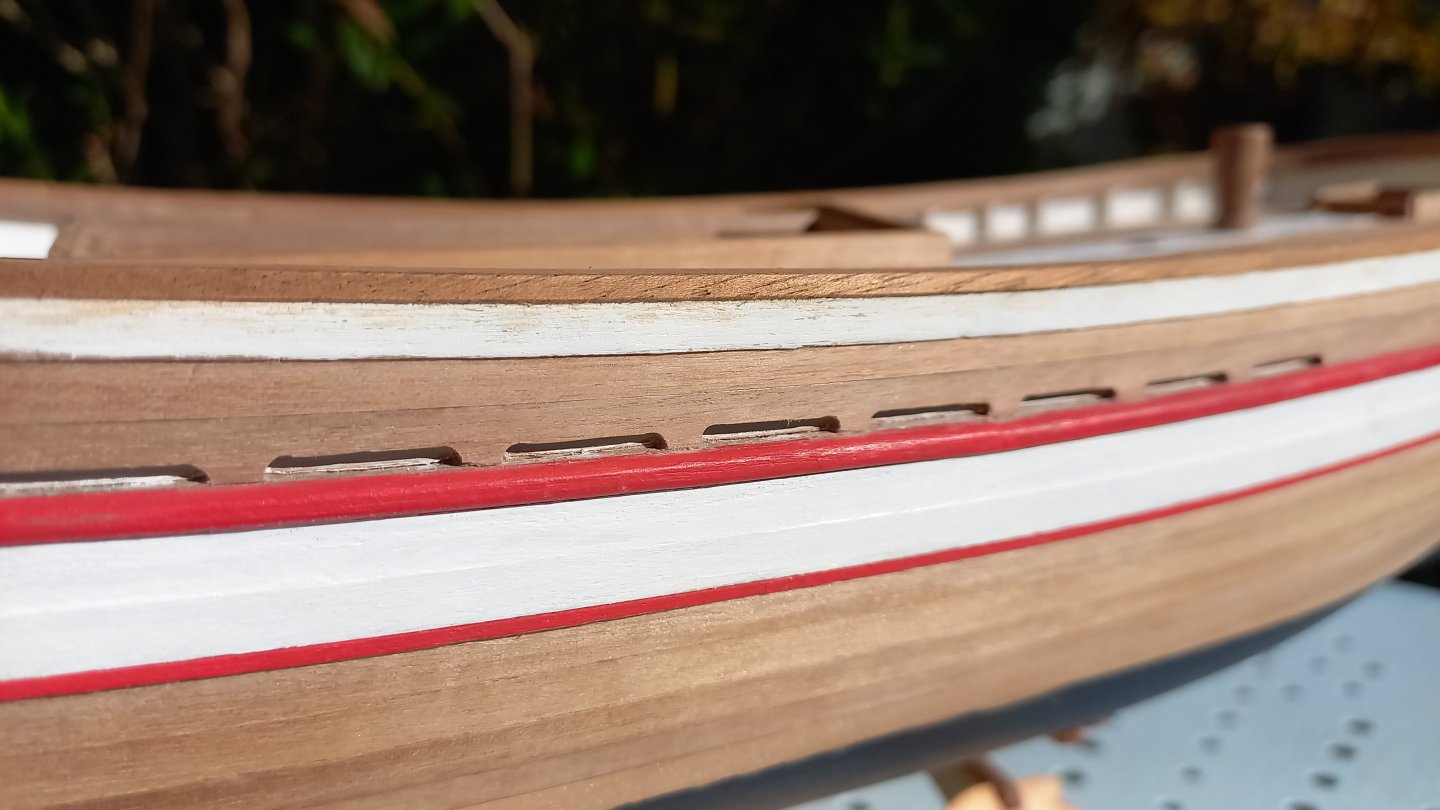-
Posts
201 -
Joined
-
Last visited
Profile Information
-
Gender
Male
-
Location
Saint Nazaire - France
Recent Profile Visitors
The recent visitors block is disabled and is not being shown to other users.
-
 François de Saint Nazaire reacted to a post in a topic:
Il Trabaccolo by François de Saint Nazaire - MarisStella - 1:32
François de Saint Nazaire reacted to a post in a topic:
Il Trabaccolo by François de Saint Nazaire - MarisStella - 1:32
-
 MrNabo73 reacted to a post in a topic:
Il Trabaccolo by François de Saint Nazaire - MarisStella - 1:32
MrNabo73 reacted to a post in a topic:
Il Trabaccolo by François de Saint Nazaire - MarisStella - 1:32
-
 Ronald-V reacted to a post in a topic:
Il Trabaccolo by François de Saint Nazaire - MarisStella - 1:32
Ronald-V reacted to a post in a topic:
Il Trabaccolo by François de Saint Nazaire - MarisStella - 1:32
-
 Keith Black reacted to a post in a topic:
Il Trabaccolo by François de Saint Nazaire - MarisStella - 1:32
Keith Black reacted to a post in a topic:
Il Trabaccolo by François de Saint Nazaire - MarisStella - 1:32
-
 JacquesCousteau reacted to a post in a topic:
Il Trabaccolo by François de Saint Nazaire - MarisStella - 1:32
JacquesCousteau reacted to a post in a topic:
Il Trabaccolo by François de Saint Nazaire - MarisStella - 1:32
-
 Kenchington reacted to a post in a topic:
Il Trabaccolo by François de Saint Nazaire - MarisStella - 1:32
Kenchington reacted to a post in a topic:
Il Trabaccolo by François de Saint Nazaire - MarisStella - 1:32
-
Bonjour, The trabaccolo traditionally carried a smaller boat, which was sometimes towed behind. However, during long journeys, this boat was usually secured on deck. It was typically lashed to the outboard side of the lanyards with a simple rope, either resting against the shrouds or sometimes placed on a dedicated stand located on the deck. The construction of the ship's boat is divided into three main stages. The first involves creating the mould (or 'jig') for the model's hull and preparing it for planking. The second step is the installation and sanding of the transom and planking the mould with two layers of veneer, followed by the removal of the mould. The third stage consists of fitting the outer keel and performing the final adjustments to the model's hull, both inside and out.
-
 François de Saint Nazaire reacted to a post in a topic:
Chris Watton and Vanguard Models news and updates Volume 2
François de Saint Nazaire reacted to a post in a topic:
Chris Watton and Vanguard Models news and updates Volume 2
-
 thibaultron reacted to a post in a topic:
Chris Watton and Vanguard Models news and updates Volume 2
thibaultron reacted to a post in a topic:
Chris Watton and Vanguard Models news and updates Volume 2
-
 Ryland Craze reacted to a post in a topic:
Chris Watton and Vanguard Models news and updates Volume 2
Ryland Craze reacted to a post in a topic:
Chris Watton and Vanguard Models news and updates Volume 2
-
 chris watton reacted to a post in a topic:
Chris Watton and Vanguard Models news and updates Volume 2
chris watton reacted to a post in a topic:
Chris Watton and Vanguard Models news and updates Volume 2
-
 AJohnson reacted to a post in a topic:
Chris Watton and Vanguard Models news and updates Volume 2
AJohnson reacted to a post in a topic:
Chris Watton and Vanguard Models news and updates Volume 2
-
 hollowneck reacted to a post in a topic:
Chris Watton and Vanguard Models news and updates Volume 2
hollowneck reacted to a post in a topic:
Chris Watton and Vanguard Models news and updates Volume 2
-
 François de Saint Nazaire reacted to a post in a topic:
Chris Watton and Vanguard Models news and updates Volume 2
François de Saint Nazaire reacted to a post in a topic:
Chris Watton and Vanguard Models news and updates Volume 2
-
 François de Saint Nazaire reacted to a post in a topic:
USS Constitution by Der Alte Rentner - Model Shipways - 1/76
François de Saint Nazaire reacted to a post in a topic:
USS Constitution by Der Alte Rentner - Model Shipways - 1/76
-
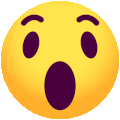 François de Saint Nazaire reacted to a post in a topic:
La Renommee 1744 by ChrisLBren - 1/48 - 2025
François de Saint Nazaire reacted to a post in a topic:
La Renommee 1744 by ChrisLBren - 1/48 - 2025
-
 François de Saint Nazaire reacted to a post in a topic:
La Renommee 1744 by ChrisLBren - 1/48 - 2025
François de Saint Nazaire reacted to a post in a topic:
La Renommee 1744 by ChrisLBren - 1/48 - 2025
-
 François de Saint Nazaire reacted to a post in a topic:
HMS Tiger 1747 by Siggi52 - 1:48 - 60 gun ship from NMM plans
François de Saint Nazaire reacted to a post in a topic:
HMS Tiger 1747 by Siggi52 - 1:48 - 60 gun ship from NMM plans
-
 François de Saint Nazaire reacted to a post in a topic:
Duchess of Kingston 1798 by Glenn-UK - Vanguard Models - 1:64 - Commission Build
François de Saint Nazaire reacted to a post in a topic:
Duchess of Kingston 1798 by Glenn-UK - Vanguard Models - 1:64 - Commission Build
-
 François de Saint Nazaire reacted to a post in a topic:
"Wind of the ball" injuries.
François de Saint Nazaire reacted to a post in a topic:
"Wind of the ball" injuries.
-
Hello, I've finished the deck and all the treenails (around 500). 😅 (I reduce the distance between the line of treenails) For the treenails, I did the following: Applied the wood filler (Fondur in France) Marked the position of each treenail Drilled the holes (0,3mm) . ~10 drill bits to finish ! Filled the holes with a mixture of glue and colorant (sienna) Removed the excess mixture
About us
Modelshipworld - Advancing Ship Modeling through Research
SSL Secured
Your security is important for us so this Website is SSL-Secured
NRG Mailing Address
Nautical Research Guild
237 South Lincoln Street
Westmont IL, 60559-1917
Model Ship World ® and the MSW logo are Registered Trademarks, and belong to the Nautical Research Guild (United States Patent and Trademark Office: No. 6,929,264 & No. 6,929,274, registered Dec. 20, 2022)
Helpful Links
About the NRG
If you enjoy building ship models that are historically accurate as well as beautiful, then The Nautical Research Guild (NRG) is just right for you.
The Guild is a non-profit educational organization whose mission is to “Advance Ship Modeling Through Research”. We provide support to our members in their efforts to raise the quality of their model ships.
The Nautical Research Guild has published our world-renowned quarterly magazine, The Nautical Research Journal, since 1955. The pages of the Journal are full of articles by accomplished ship modelers who show you how they create those exquisite details on their models, and by maritime historians who show you the correct details to build. The Journal is available in both print and digital editions. Go to the NRG web site (www.thenrg.org) to download a complimentary digital copy of the Journal. The NRG also publishes plan sets, books and compilations of back issues of the Journal and the former Ships in Scale and Model Ship Builder magazines.

.jpg.c334ea1d4cfb12b6b3e2eb949f8f8dea.jpg)
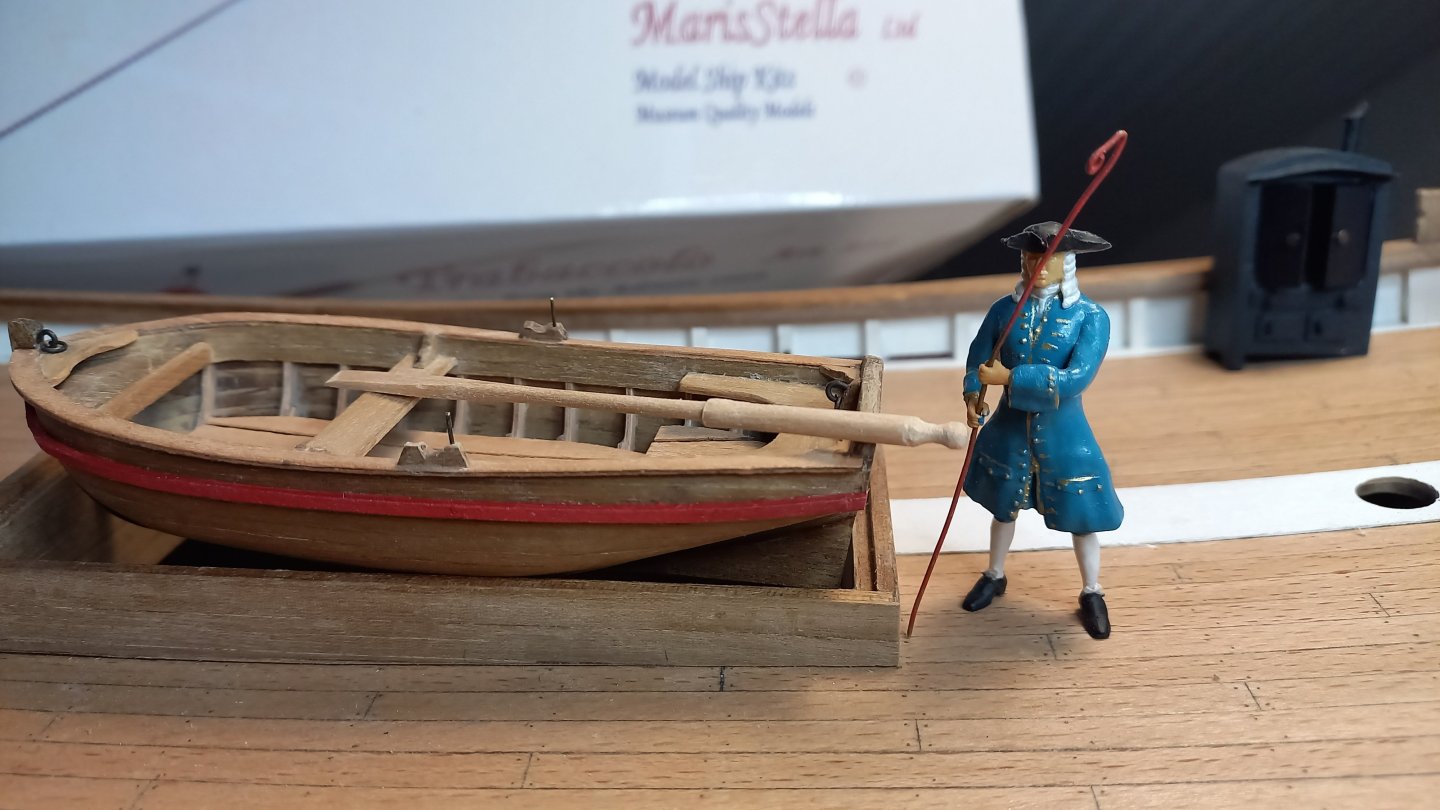
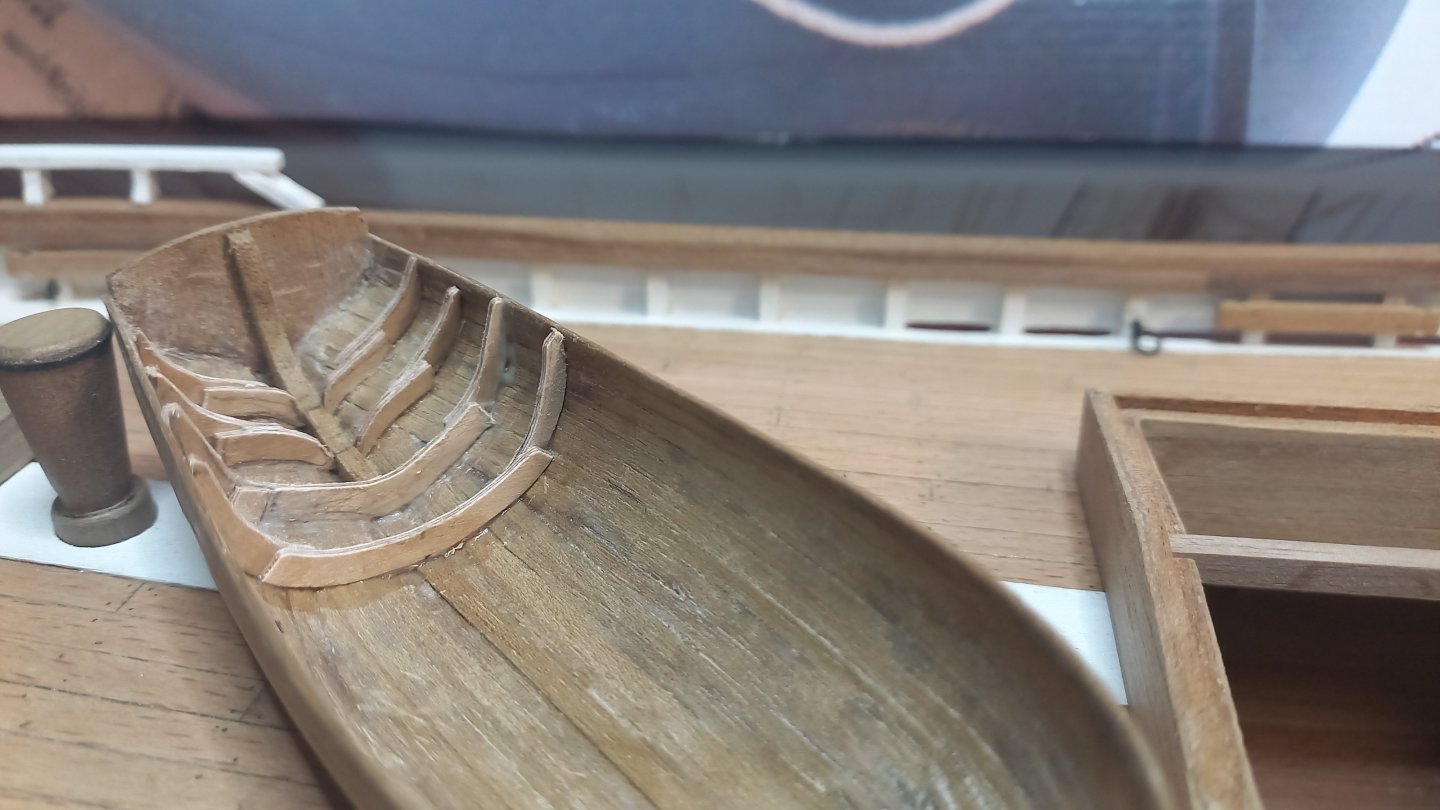
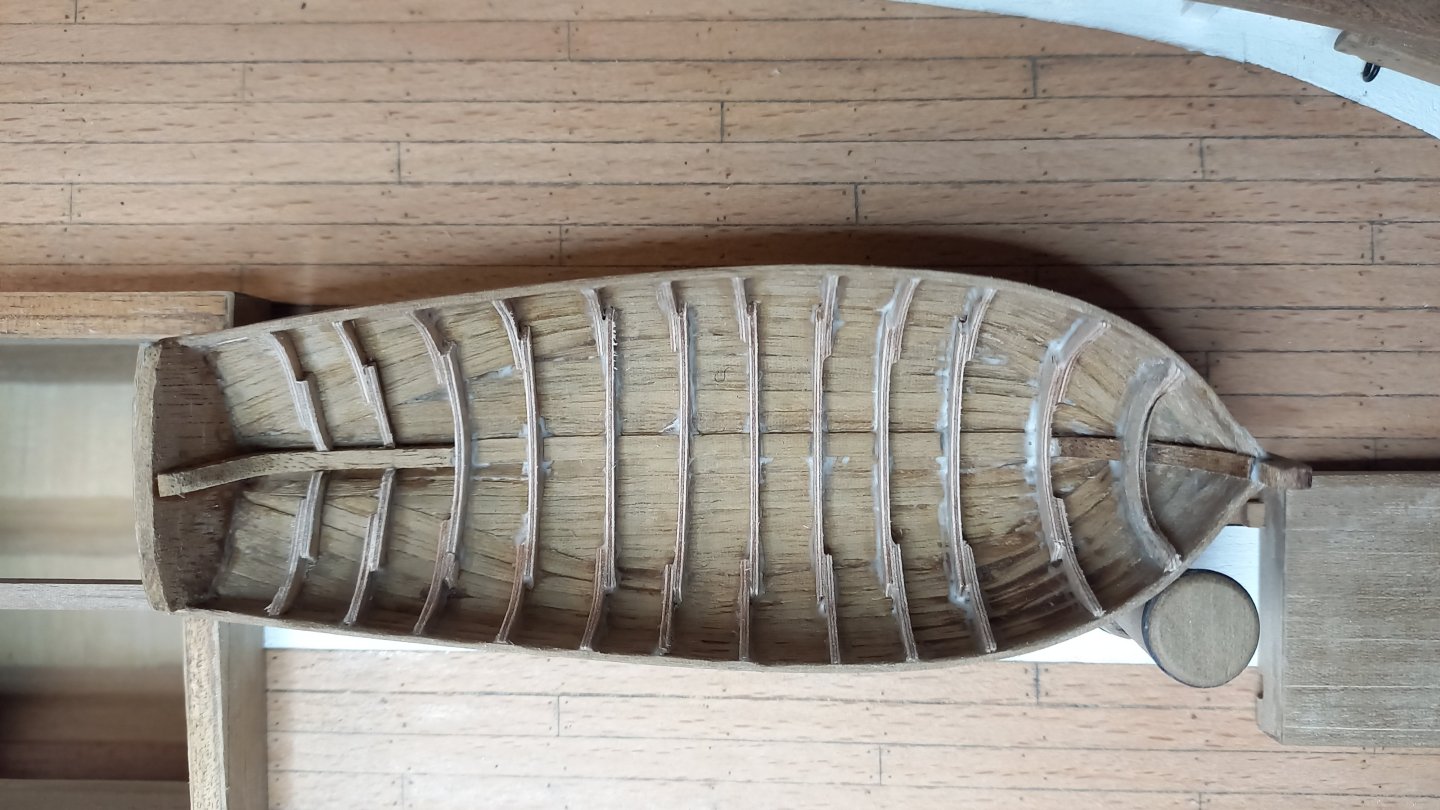
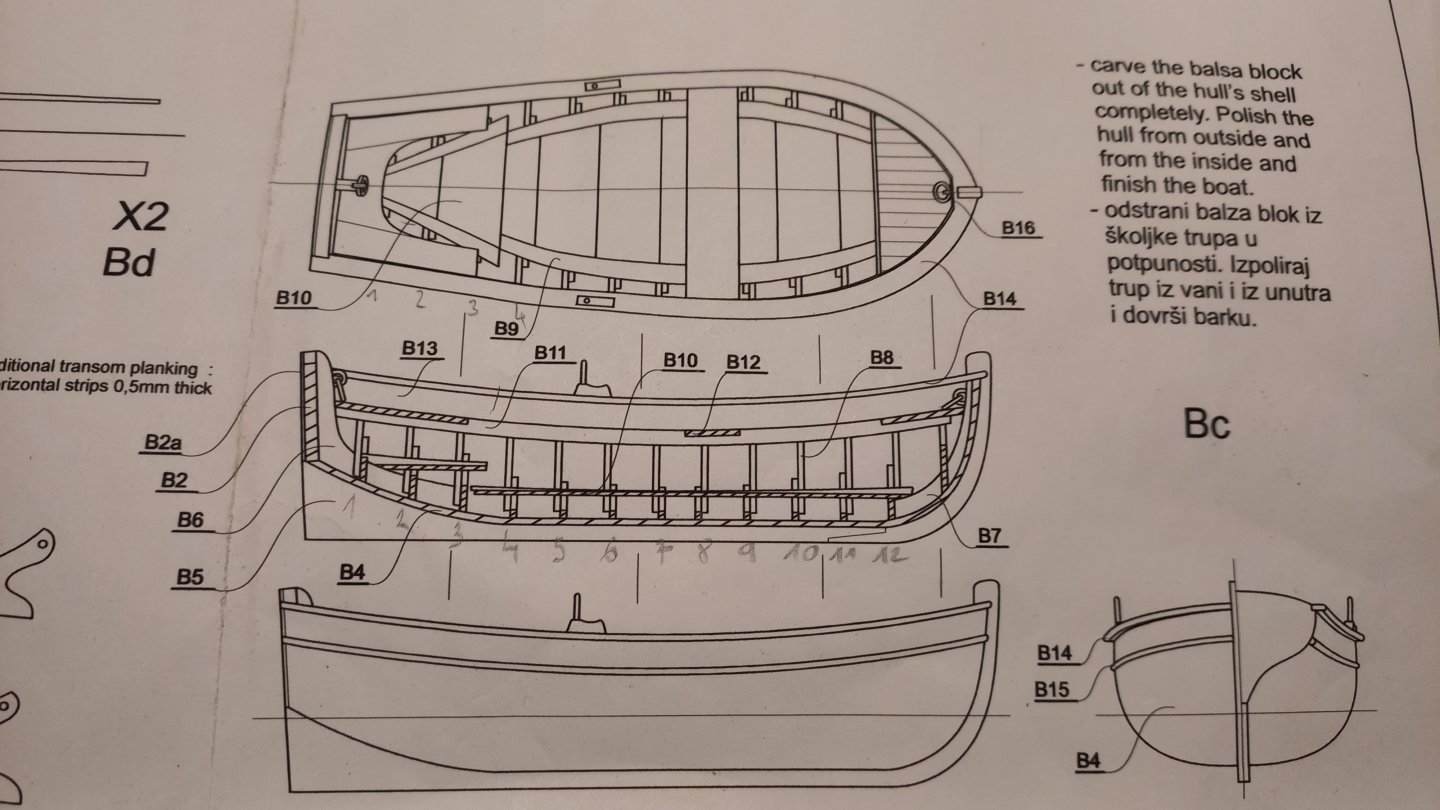
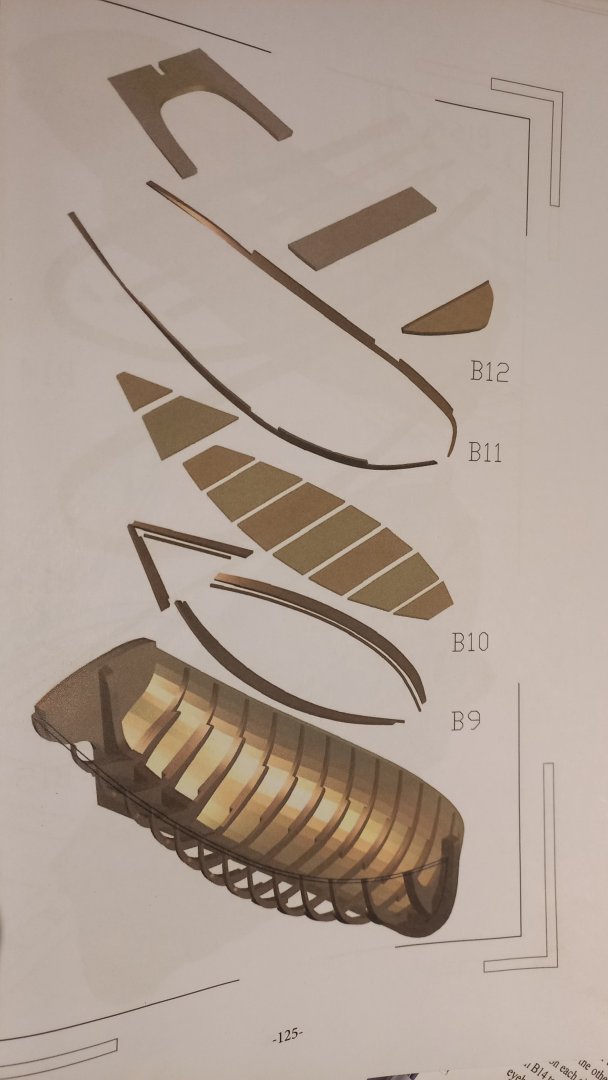
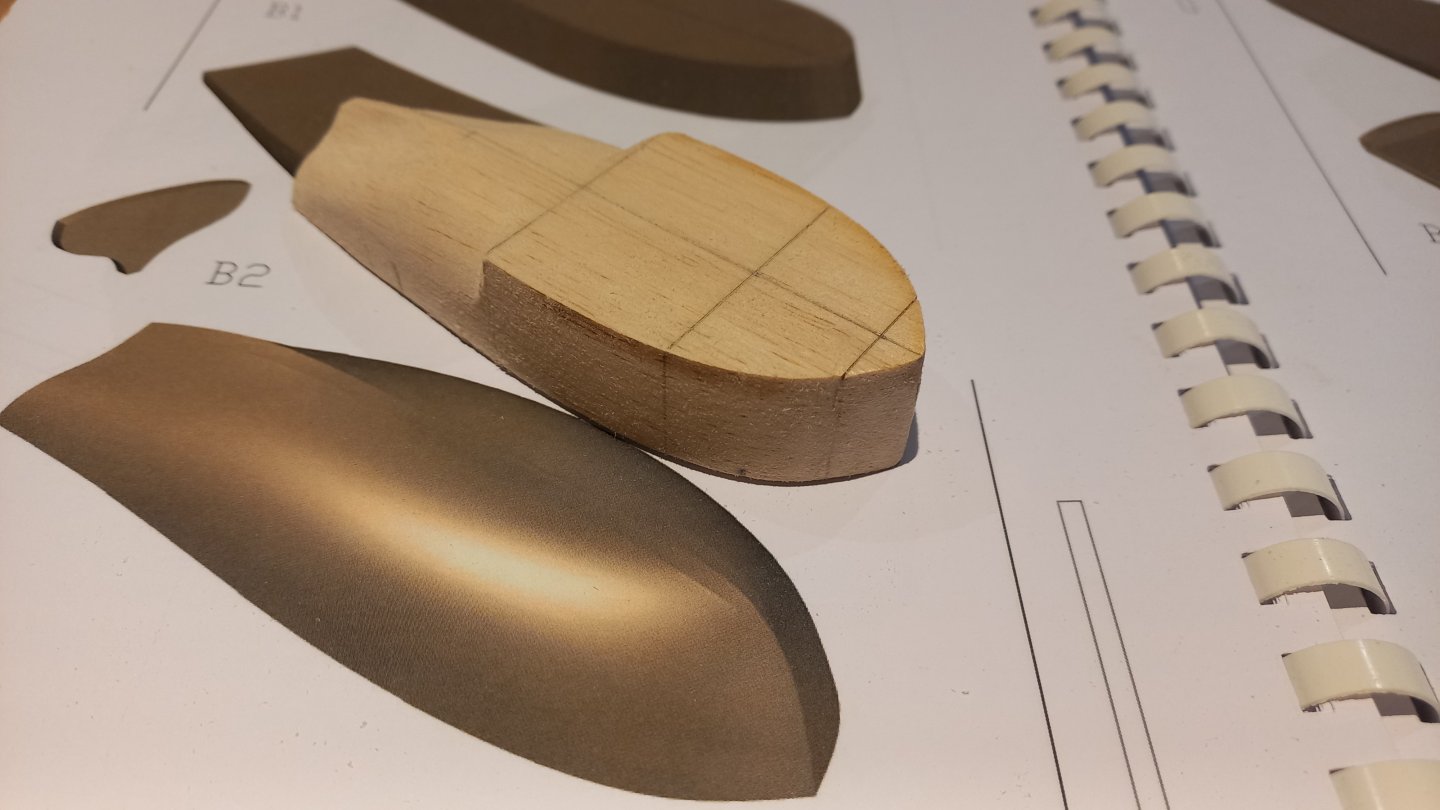
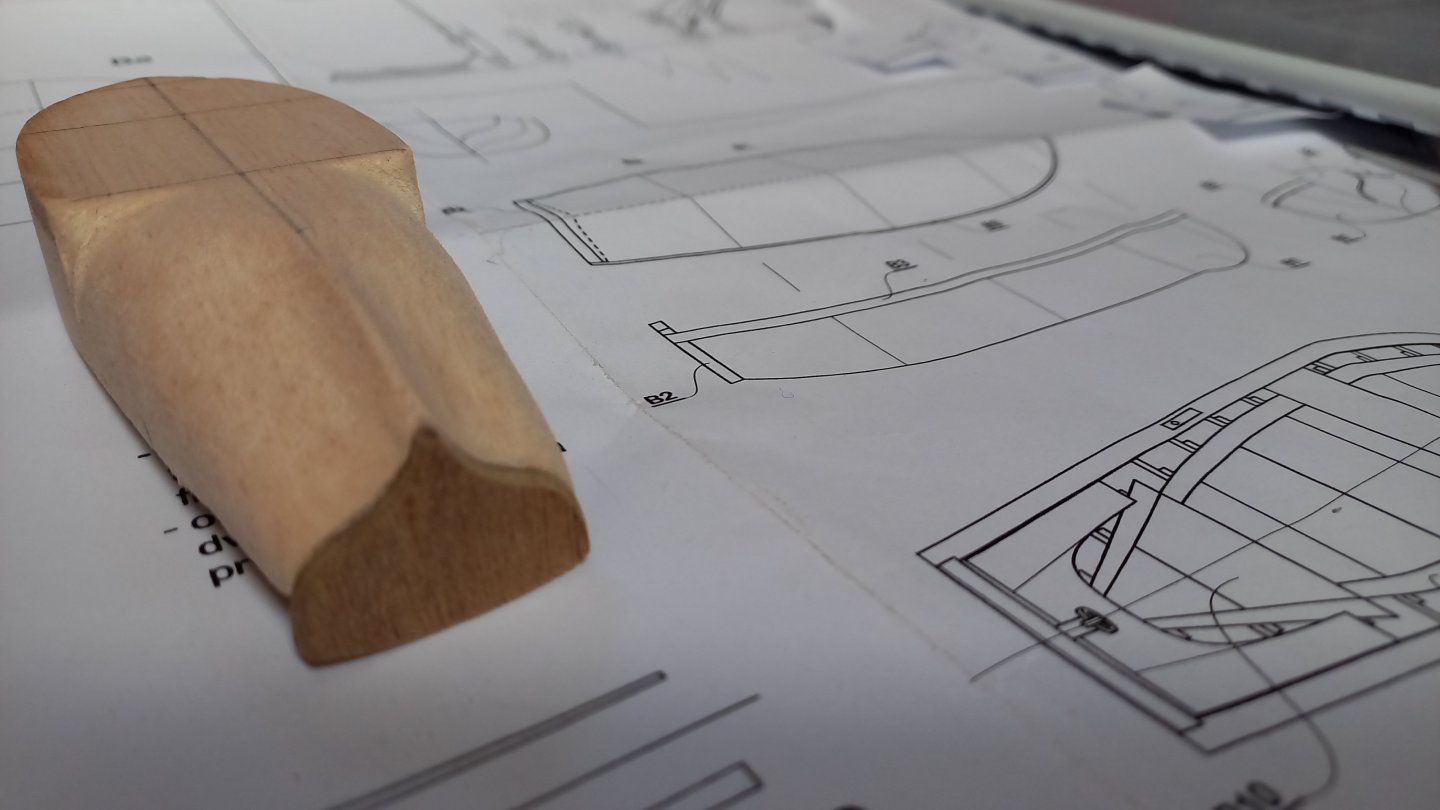


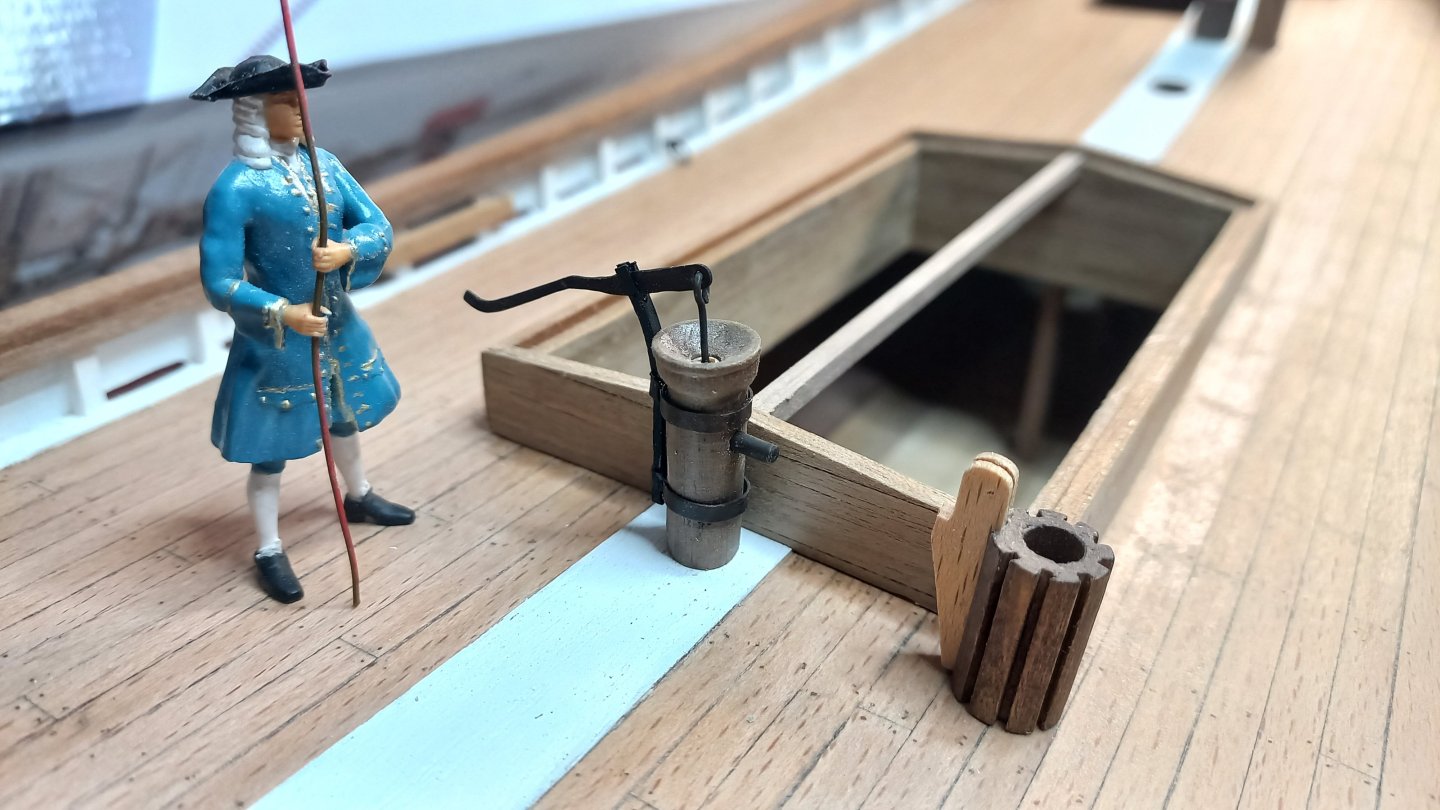
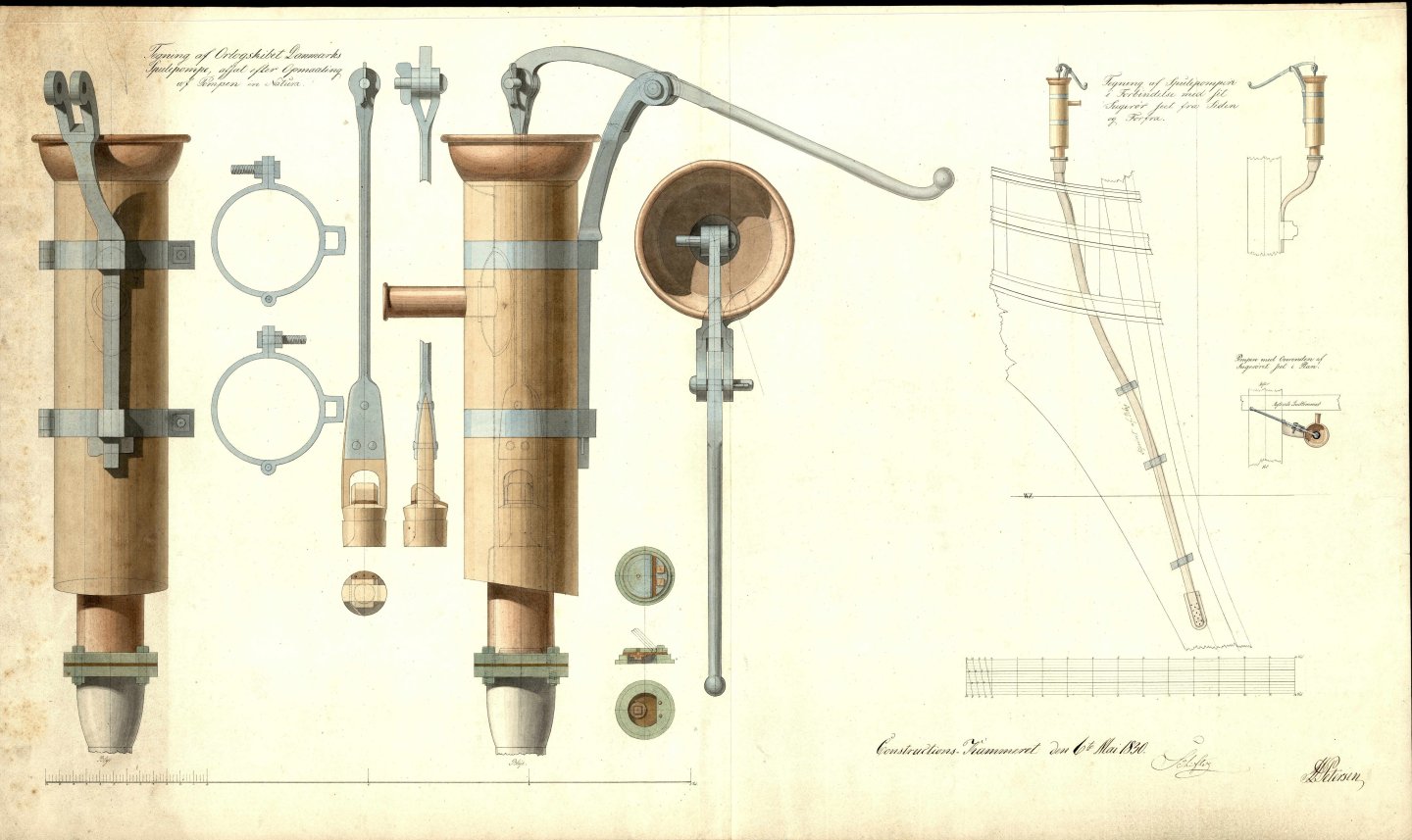
.thumb.jpg.687242cd098594130f0fd9312151c8ce.jpg)
